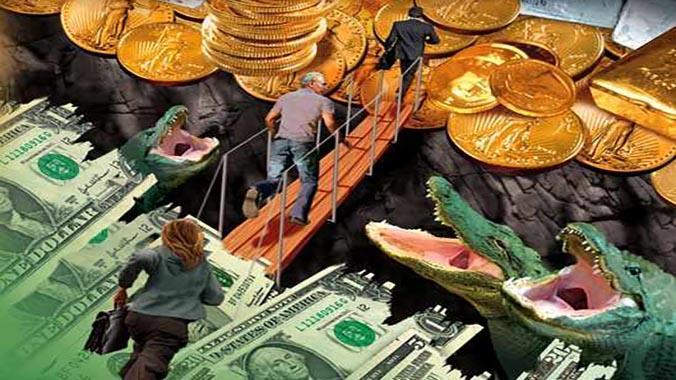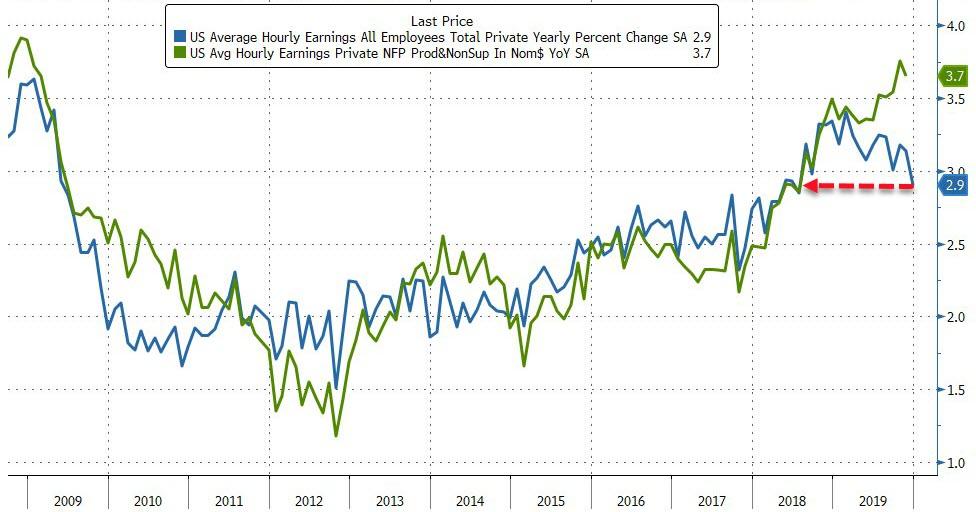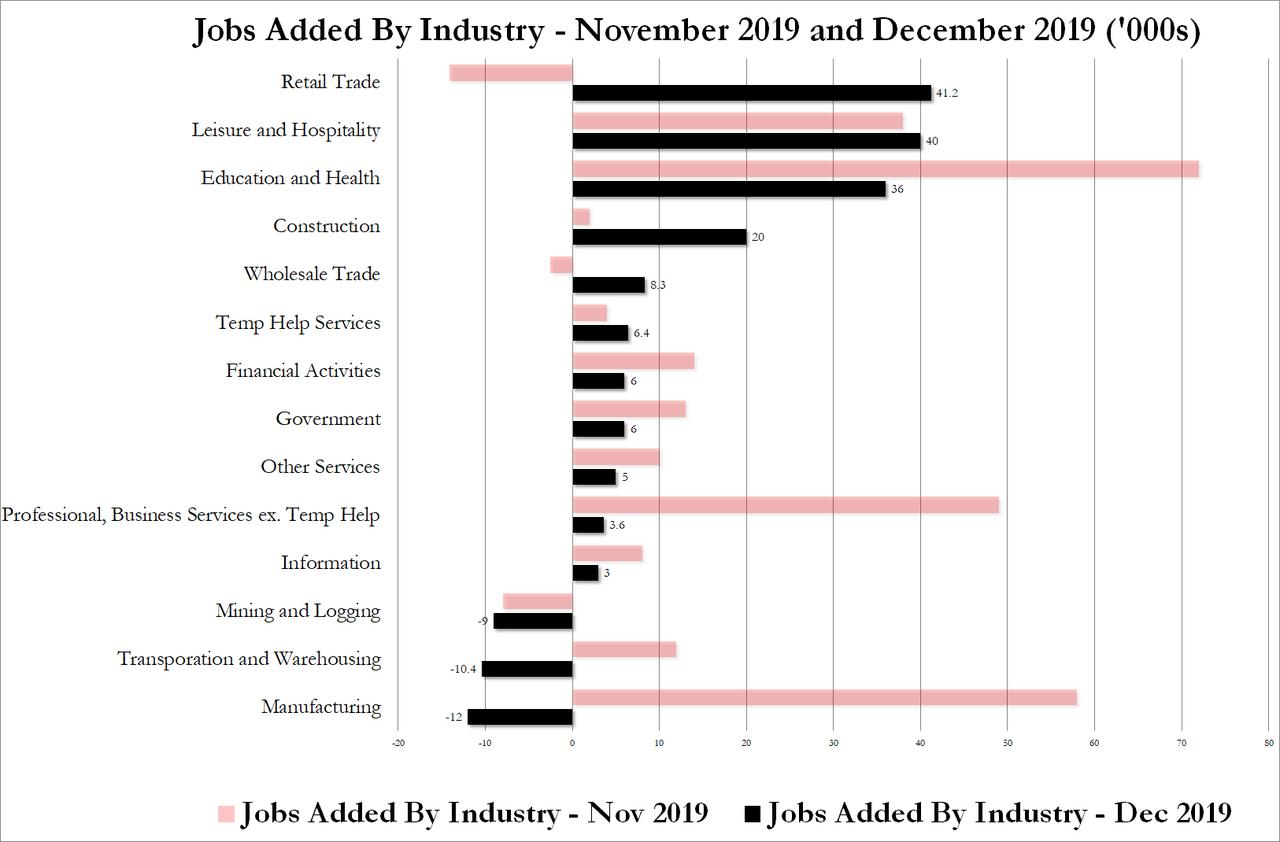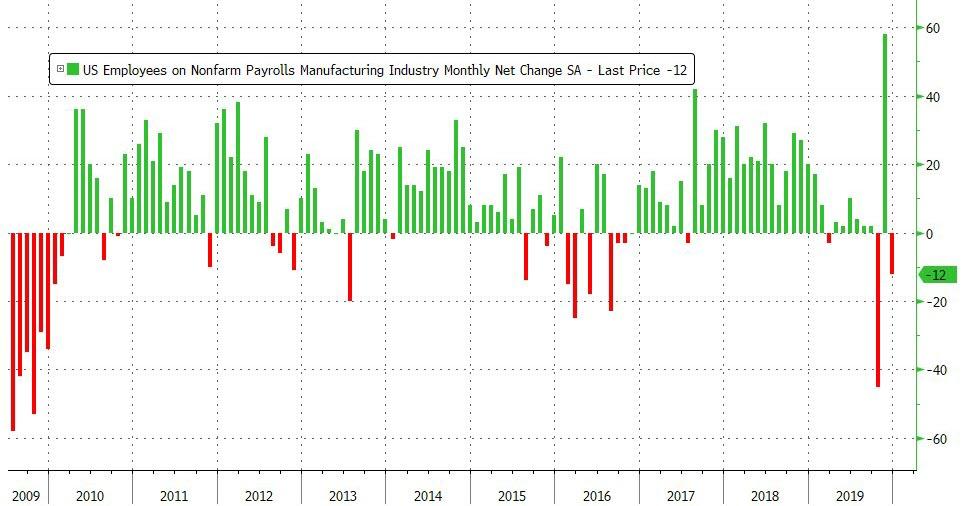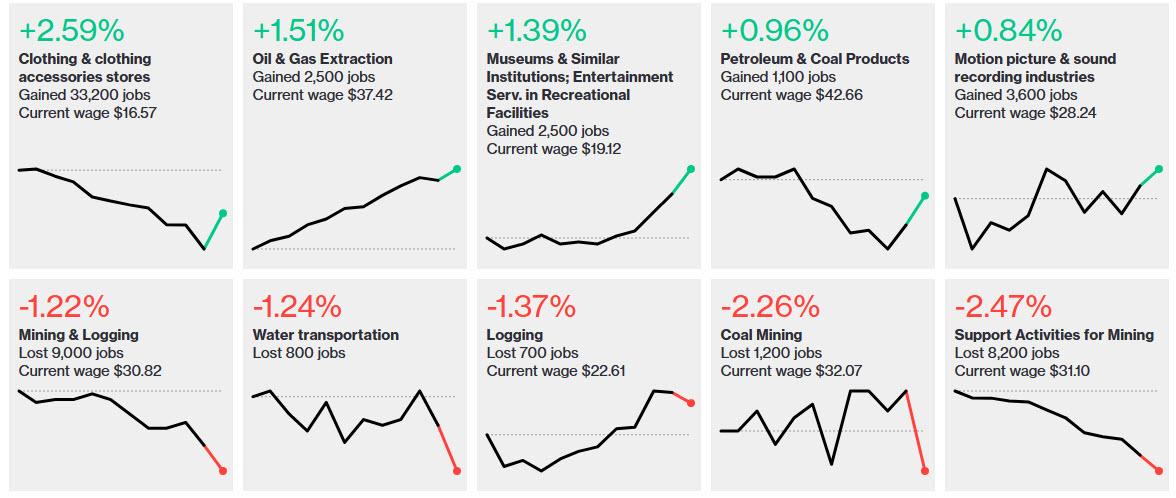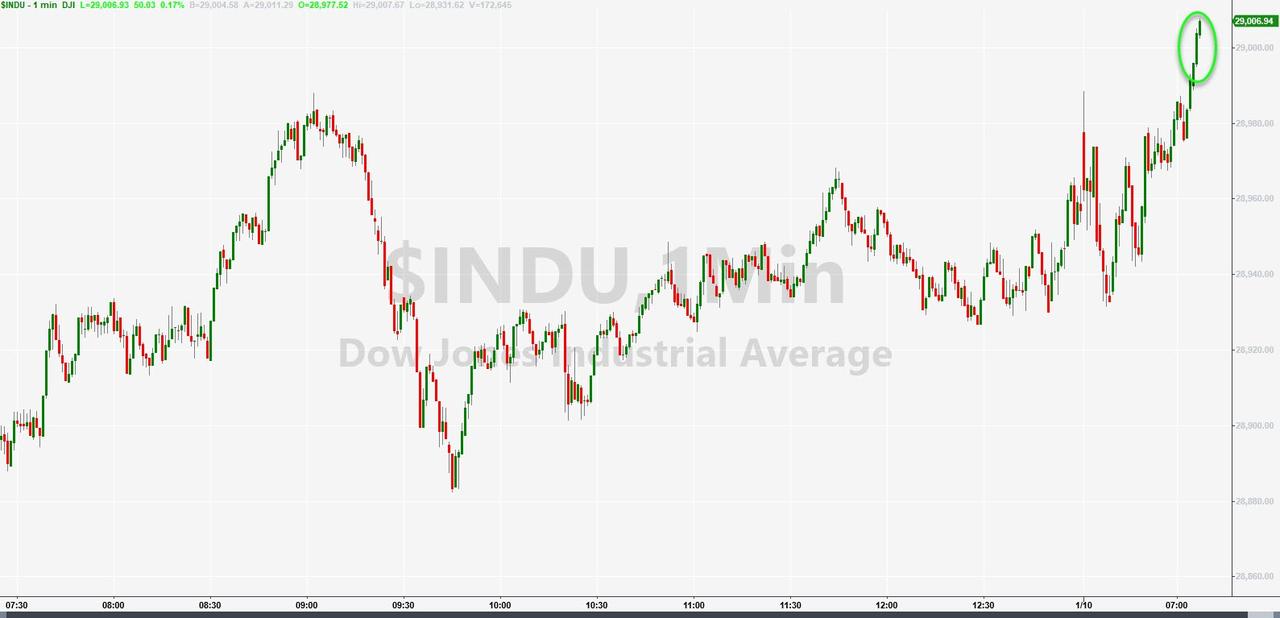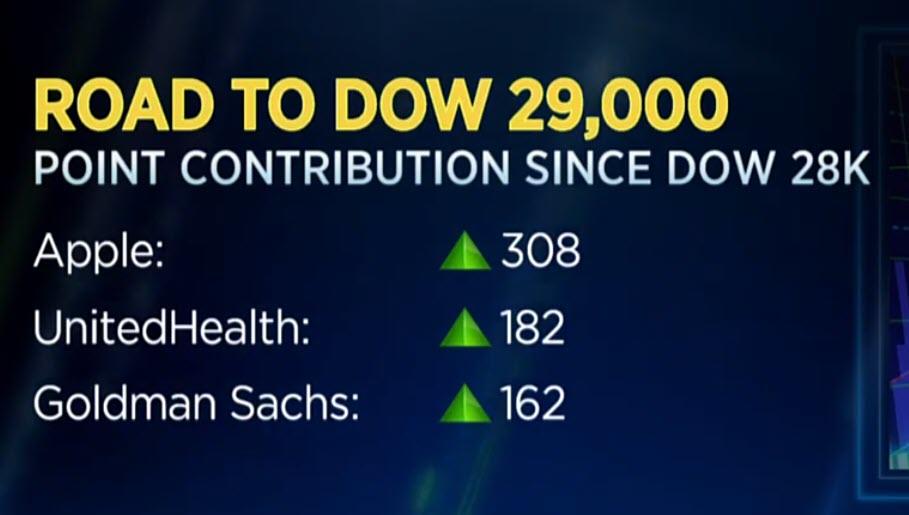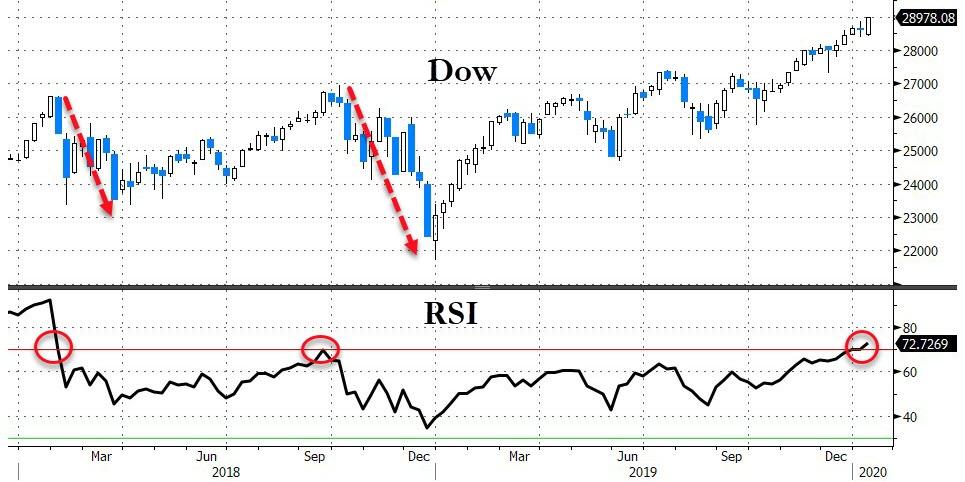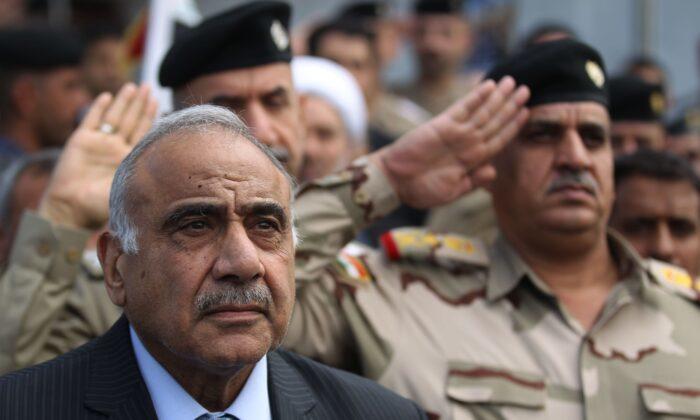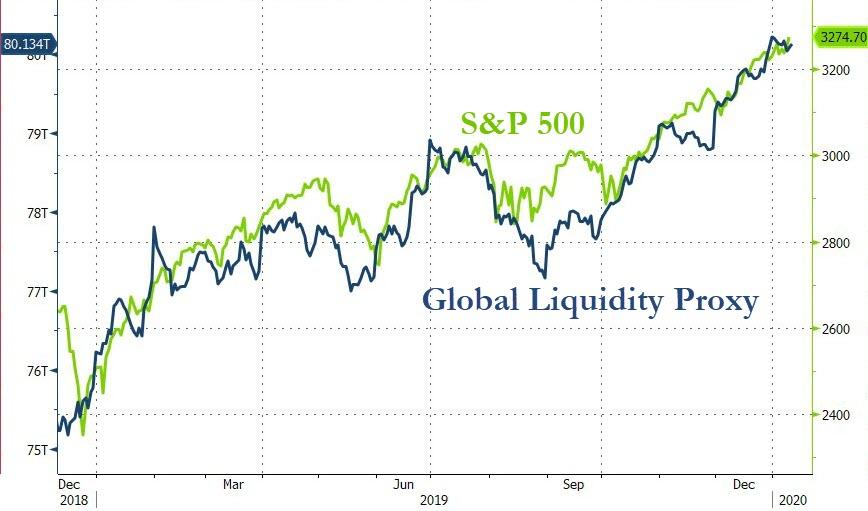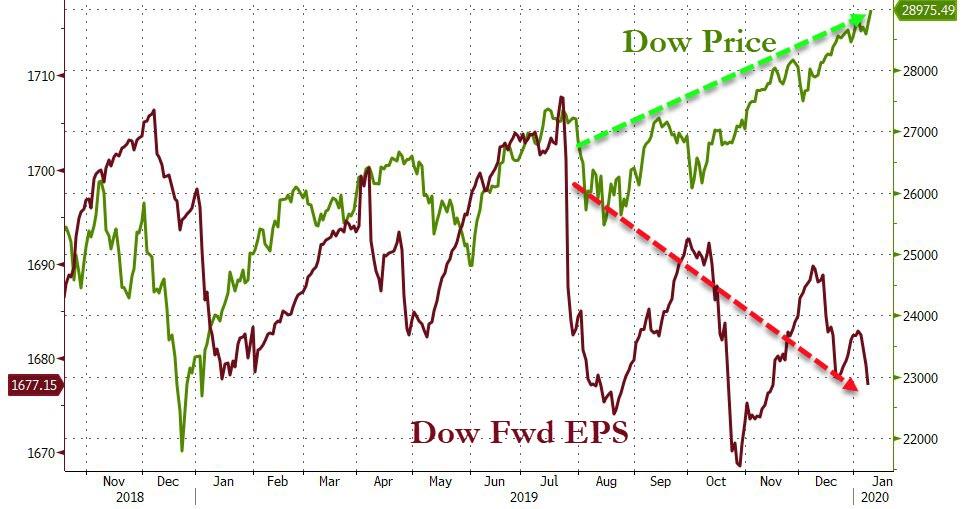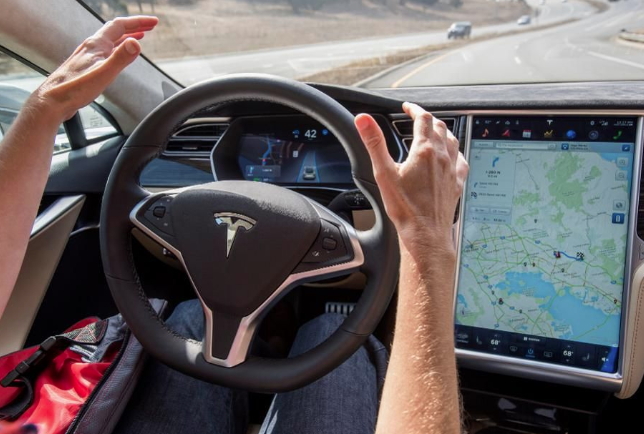Is the Super Bowl a magnet for sex traffickers? Nope, and it never has been. But no matter how many times this wretched rumor gets debunked, some gullible members of the media insist on trotting it out anew every year.
This year, it’s the Associated Press and Time doing their part to poison the discourse, with an article warning that Uber drivers and hotel maids must be on high alert for this sham epidemic.
Luckily, a huge range of press has already thoroughly torn apart this nonsense in years past. Here are some of Reason‘s contributions to the genre:
- “Super Bowl Sex Trafficking Myth Gives Good Cover for Federal Security Theater” (2018)
- “No Super Bowl Sex-Trafficking Hordes in Houston” (2017)
- “There’s No Tidal Wave of Sex Slaves Descending on the Super Bowl” (2016)
- “Super Bowl ‘Sex-Trafficking Stings’ Net Hundreds of Prostitution Arrests” (2016)
- “The Mythical Invasion of the Super Bowl Hookers” (2014)
But don’t just take our word for it! Here are a range of other journalists and outlets debunking the super-bowl sex trafficking myth:
- “Research Debunks Myth of Super Bowl Sex Trafficking, Improves Media Narrative” (The University of Texas at Austin/The Anti-Trafficking Review, October 2019)
- “‘Misinformation Used to Increase Policing’: Experts Dismiss Super Bowl ‘Sex Trafficking’ Myth” (Law & Crime, February 2019)
- “Is There Really a Huge Upsurge in Sex Trafficking Over Super Bowl Weekend?” (Slate, February 2019)
- “Atlanta Police Chief pushes back on reports of sex trafficking arrests” (11 Alive, February 2019)
- “Sexual slavery and myth-making at the Super Bowl” (The Atlanta Journal-Constitution, January 2019)
- “ICE promises to protect Super Bowl from nonexistent human trafficking threat” (Vice, 2018)
- “The Super Bowl Sex-Trafficking Myth: Is it the crisis it’s cracked up to be?” (Sports Illustrated, 2017)
- “Minnesota ramps up for a mythical Super Bowl sex trafficking rampage” (City Pages, 2017)
- “5 Sex Workers Speak Out On The Super Bowl Sex Trafficking Myth” (The Establishment, 2016)
- “The Myth of Super Bowl Sex Trafficking Obscures Real Issues” (San Jose Inside, 2016)
- “Massaging the Super Bowl’s Sex Trafficking Stats” (SF Weekly, 2016)
- “Does sex trafficking increase around the Super Bowl?” (Politifact, 2015)
- “The Super Bowl Sex-Trafficking Story That Just Won’t Die” (The Atlantic, 2014)
- “The Truth About the NFL, the Super Bowl, and Sex Slavery” (Deadspin, 2014)
- “Just in Time for February, the Myth of Sex Trafficking and the Super Bowl Returns” (Village Voice, 2014)
- “Lies, damned lies and sex work statistics” (The Washington Post, 2014)
- “The Super Bowl and Sex Trafficking” (The New York Times, 2014)
Even the Polaris Project (one of the biggest purveyors of bad statistics dressed up as “human trafficking awareness”) has stopped relying on this particular rumor. The “reality is that sex trafficking happens during the Super Bowl with the same frequency as it does every single day,” the group says.
Outside of some reporters with dubious judgement, the only people who are still earnestly pushing the idea that sporting events like the super bowl are hotbeds of human trafficking seem to be 1) politicians who have made a name for themselves stirring up crime panic, 2) state prosecutors, who like to use the prospect of “sex slaves” to justify ramping up their routine vice stings during the big game, and 3) the U.S. Department of Homeland Security, for whom the panic dovetails nicely with their efforts to round up immigrants and promiscuous women. But poke any “Super Bowl sex trafficking sting” headline from the past decade and all you’ll find is a bunch of sex workers and their customers arrested for trying to hook up with another consenting adult.
At this point, there’s simply no excuse for any reporter, politician, or other entity to repeat the Super Bowl Sex Trafficking lie. Those that do are either wholly incapable of basic research and reading comprehension or willfully trafficking in misinformation.
from Latest – Reason.com https://ift.tt/39ZcjpC
via IFTTT
